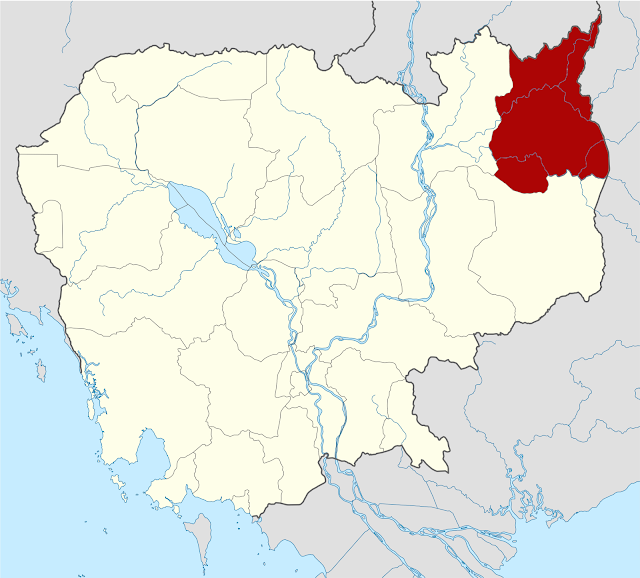• The
population of Cambodia is estimated at approximately 15.5 million in 2014,
ranking 69th in the world (Vu, 2015).
• The
country enjoys a relatively young population structure with roughly 64.5%
of the population belonging to the working age group, which creates the abundance
of labor force for manufacturing industry.
• People
below 15-year-old level account for 31.6%, providing huge human
resource in the future.
Health Situation
• In
2010, the mortality rate was 4.1 deaths for men and 2.5 deaths for
female per 1000. Life expectancy at birth is 60.5 years for men
and 64.3 years in 2008 for women (WHO, 2014).
• Cambodia
is considered a high-burdened country for tuberculosis, diarrhoea, diabetes,
and hypertension. Smoking and alcohol consumption is affecting almost half
the male population (WPRO, 2011).
Education
• Higher
Education Institutes (HEIs) in 2014: 105 (CDRI, 2015)
– 66 private universities
– 39 public university
• After
over a decade of expansion of higher education, especially during the 2000s, the
issues of quality and relevance emerged because there was increasing market
demand for professionals and skilled workers to serve the growing industries
and enterprises (Madhur, 2014).
School Life Expectancy
• Cambodian
children and youth spend fewer years in school than their peers in other
ASEAN countries at a similar stage
of economic development.
• School
life expectancy in Cambodia is 10.5 compared to Laos 10.1, Indonesia
12.9, Thailand 12.3, Vietnam 11.9, and the Philippines 11.7 (UNESCO, 2012).
Literacy Rate
• The
literacy rate of young Cambodian people aged from 15 to 24 years old during
the period 2009-2013 is estimated at averagely 87% (UNICEF, 2015).
• About
18% of the labor force (aged 15-64) are either illiterate or have only
basic literacy skills while 35% have not completed primary education
(Cambodia Socio-Economic Survey 2010).
• About
59% of the labor force have no or only some years of primary education.
• Of
the current workforce,
• only 10% finished basic education
• 4% completed upper secondary education
• 2% hold tertiary qualifications
• There
is no doubt that workforce productivity is an issue in Cambodia (CDRI, 2015).
Skilled Labor
• Cambodia
is encountering a severe problem of shortage of skilled labor.
• According
to the survey by Bruni et al. (2013), three-quarters of surveyed companies
state that it is difficult to find qualified workers to fill vacancies.
• More
than half of interviewees report that the employees’ performance does not meet
the required level.
• Generally,
the level of skills of employees is relatively low as more than half of
workers are associated with elementary occupations.
• The
share of employees at the managerial level and technical-skills
requirement level is modestly less than 3%.

No comments:
Post a Comment